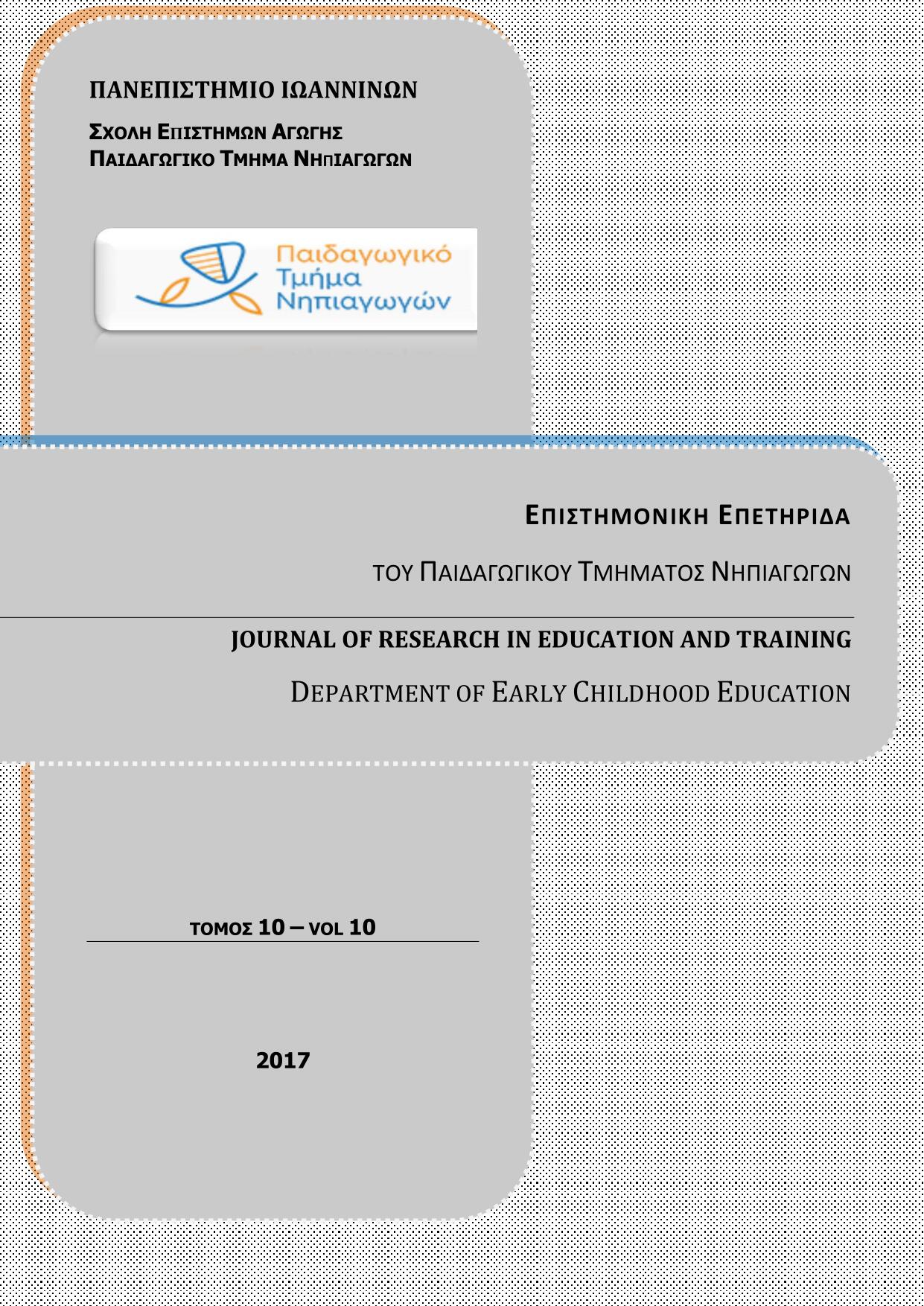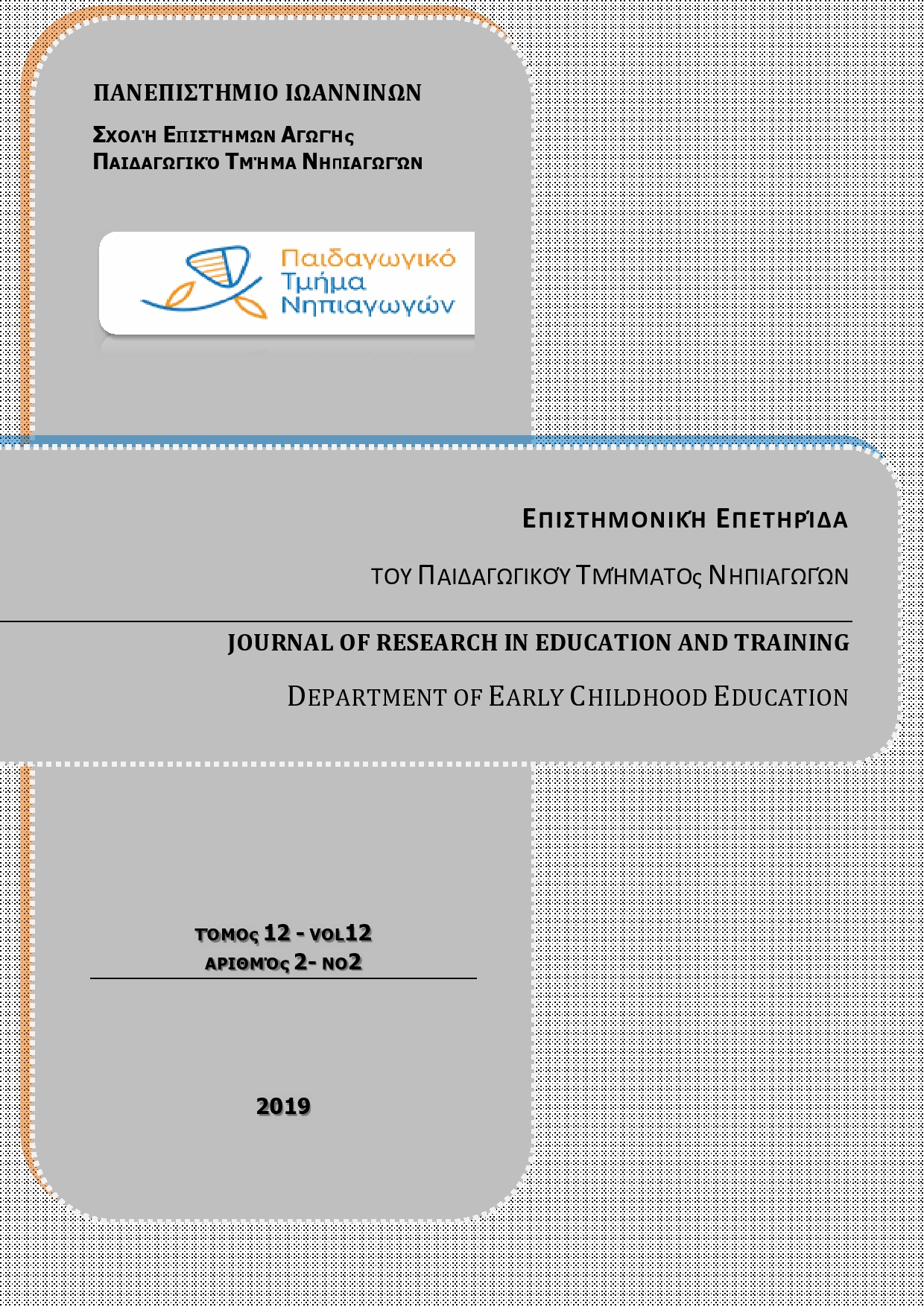Clinical symptomatology and psychosocial support of individuals with albinism

Abstract
The present paper attempts an updated literature review, describing the symptomatology and the psychosocial support of patients with albinism, aiming to meet the needs of educational society’s corresponding information. Albinism represents a rare, genetically inherited condition, characterized by a varying extent of hypopigmentation of the individuals’ hair, skin and eyes. Its clinical features include patients’ multiple congenital visual impairments and ocular lesions, whereas, by majority, its neuropsychological profile is distinguished by the individuals’ typical levels of intelligence, reading deficits, as well as the difficulties of certain executive and sensory-perceptual functions. Moreover, albinism is defined by a set of social-emotional and adaptive difficulties of interpersonal interaction, and of clinical psychopathology. Counterbalancing the patients’ inadequate broader socio-cultural context, a number of personalized or group psychosocial interventions, occasionally interdisciplinary and of increased social validity, has been carried out in preschoolers, primary school-aged children, adolescents and adults with albinism. Combining psychoeducational, counseling, coaching, athletic, music therapy, speech therapy and occupational therapy activities at in-school, extracurricular, domestic, or clinical level, a majoritarian improvement of the targeted participants’ intrapersonal deficits, interpersonal and behavioral skills, as well as of psychiatric comorbidity, was noted. Nevertheless, by arranging the weak methodological points of the conducted interventional programs, the implementation of a set of future research proposals is possible, contributing to the comprehensive and inclusive individuals’ support.
Article Details
- How to Cite
-
Μουτσινάς Γ., & Ντζιαβίδα Α. (2017). Clinical symptomatology and psychosocial support of individuals with albinism. Journal of Research in Education and Training, 10(1), 1–67. https://doi.org/10.12681/jret.10406
- Issue
- Vol. 10 No. 1 (2017)
- Section
- Articles

This work is licensed under a Creative Commons Attribution-NonCommercial-ShareAlike 4.0 International License.
Authors who publish with this journal agree to the following terms:
- Authors retain copyright and grant the journal right of first publication with the work simultaneously licensed under a Creative Commons Attribution Non-Commercial License that allows others to share the work with an acknowledgement of the work's authorship and initial publication in this journal.
- Authors are able to enter into separate, additional contractual arrangements for the non-exclusive distribution of the journal's published version of the work (e.g. post it to an institutional repository or publish it in a book), with an acknowledgement of its initial publication in this journal.
- Authors are permitted and encouraged to post their work online (preferably in institutional repositories or on their website) prior to and during the submission process, as it can lead to productive exchanges, as well as earlier and greater citation of published work (See The Effect of Open Access).



